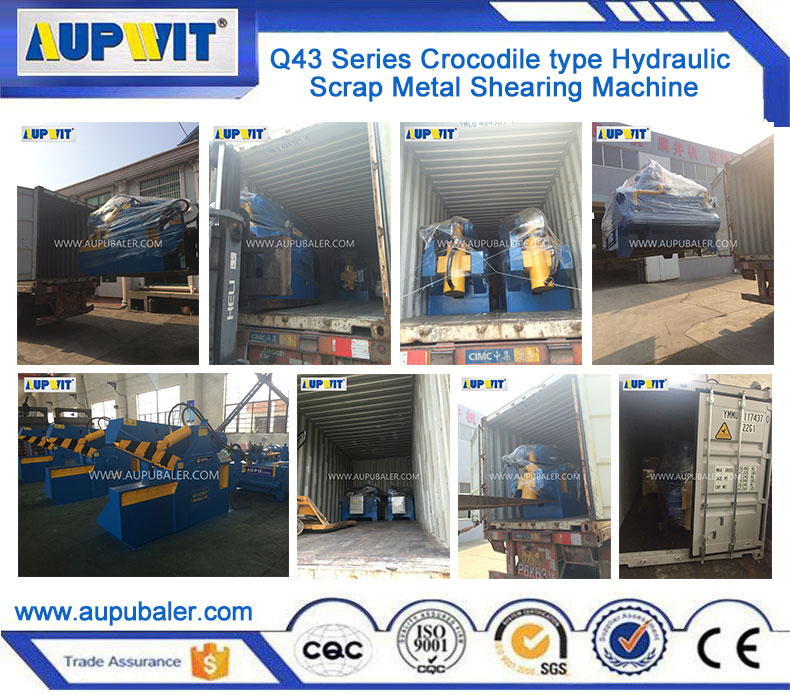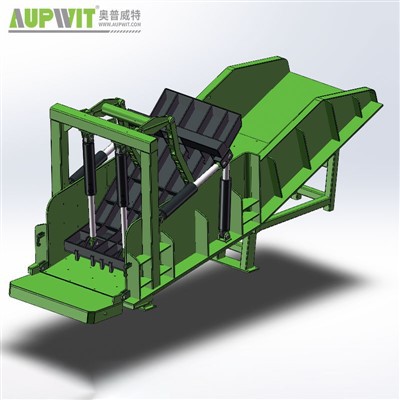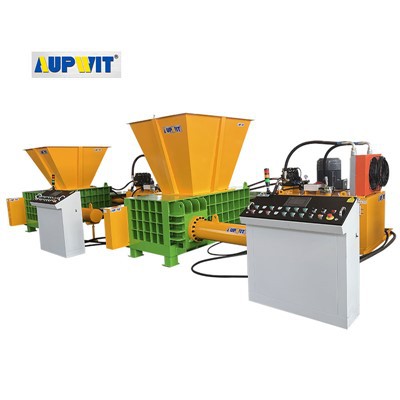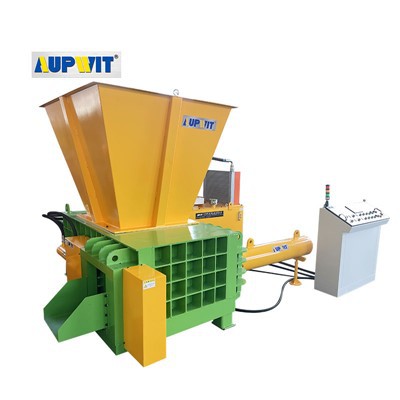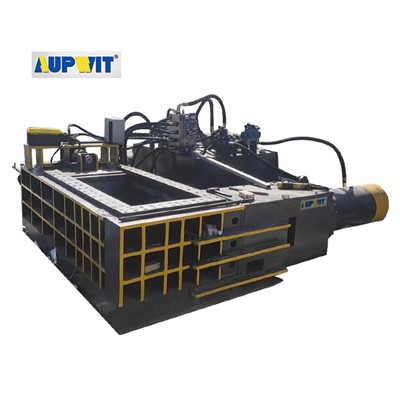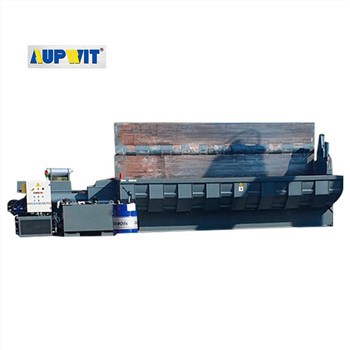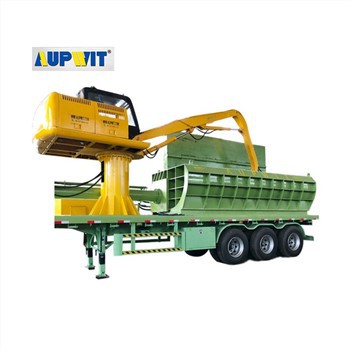1. Appearance inspection
First, conduct a comprehensive appearance inspection of the equipment. Check whether there are obvious signs of damage, deformation or wear on the surface of the equipment, especially the cutter and transmission parts. Check whether the connection parts are loose, such as whether the screws and nuts are falling off or loose, which may cause the equipment to run unstable or produce abnormal noise. At the same time, observe whether there are oil stains, water stains or other liquid leaks on the equipment, which may indicate problems with the hydraulic system or lubrication system.
2. Electrical system inspection
Check whether the power connection is normal and ensure that the equipment has a stable power supply. Check whether the indicator lights on the control panel are lit normally and whether the display can display the parameters normally. If there is a fault code displayed, you should consult the equipment manual in time to understand the meaning of the fault code in order to determine the scope of the fault. In addition, check whether the wires are damaged, short-circuited or open-circuited, and whether electrical components such as relays and contactors are working properly, and whether there are abnormal phenomena such as overheating and sparking.
3. Tool inspection
The tool is a key component of Metal Shear, and it is crucial to check the wear of the tool. Excessive tool wear may lead to reduced cutting quality, burrs, uneven cuts and other problems. Observe whether the cutting edge of the tool is sharp and whether there is any damage such as chipping or missing edges. If the tool is found to be severely worn, it should be replaced or sharpened in time. At the same time, check whether the tool is installed correctly and firmly to avoid failures caused by improper tool installation.
4. Transmission system inspection
The transmission system of Metal Shear includes gears, chains, belts and other components. Check whether these transmission components are worn, loose or broken. Check whether the gear meshes well and whether there is any abnormal noise or vibration. Whether the tension of the chain and belt is appropriate, too loose or too tight may affect the normal operation of the equipment. In addition, check the lubrication of the transmission system to ensure that each component is fully lubricated and reduce wear.
5. Hydraulic system inspection
If Metal Shear is hydraulically driven, the hydraulic system needs to be checked. Check whether the hydraulic oil level is normal, whether the oil quality is good, and whether there is any emulsification or deterioration. Check whether the hydraulic pump is working normally and whether there is any abnormal noise and vibration. Check whether there is leakage in the hydraulic pipeline, whether each valve works normally, and ensure that the pressure and flow of the hydraulic system are stable within the specified range.
